One of the most famous historic cities in Sweden is Vadstena. In Motala we turned the bow of Suwena south and set course towards Vadstena. The Göta canal’s eastern part is ending in Motala and the canal is continuing on the western shore of lake Vättern. We wanted to visit Vadstena and decided to make a side-trip from the Göta canal. It is only 9 nautical miles from Motala to Vadstena and the voyage went fast in Sunday’s sunshine.
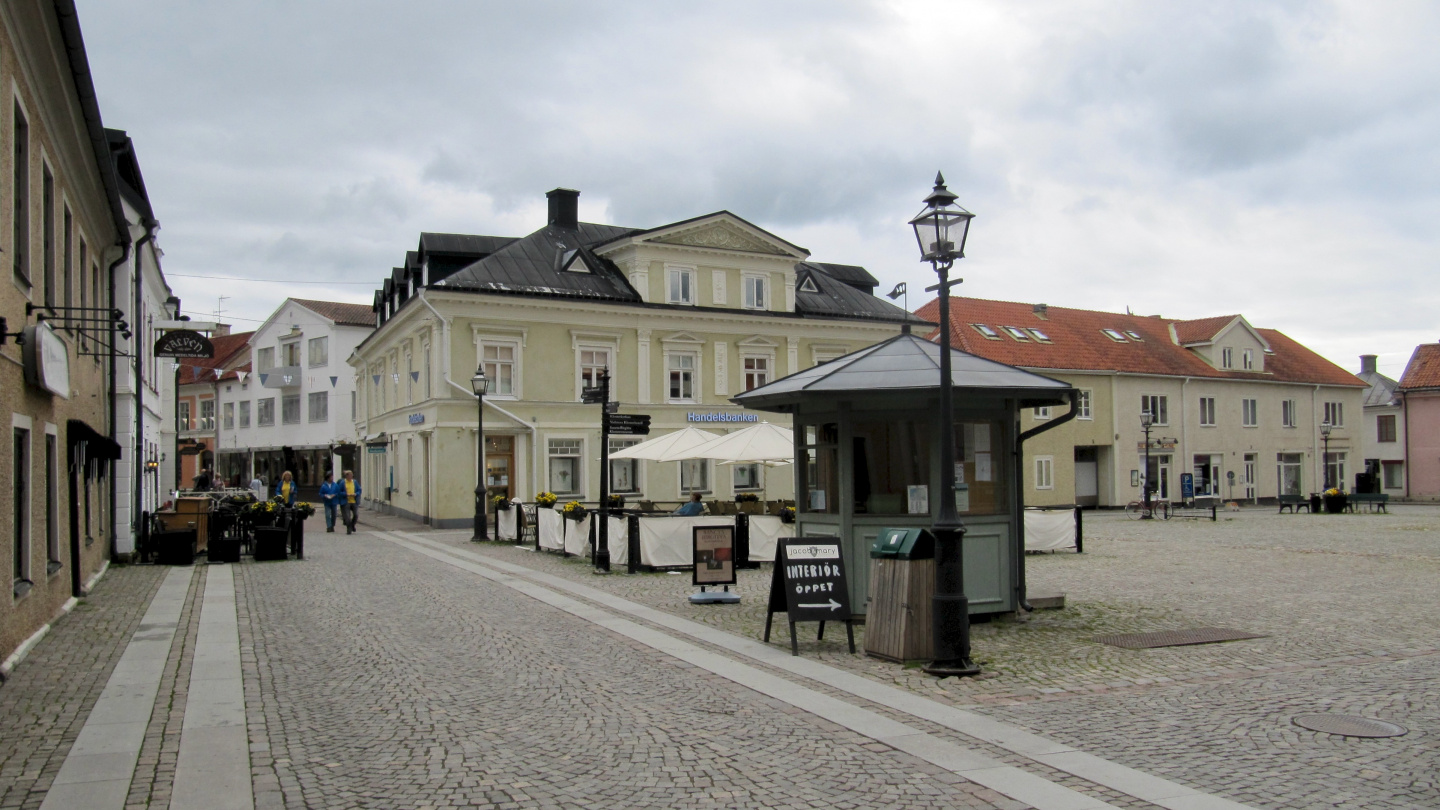
It felt great to drive into the castle’s moat and moor Suwena into the shadow of the castle. Soon after our arrival the familiar ship from Söderköping moored next to Suwena. The ship Diana must have made several cruises on the Göta canal while we only have made until Vadstena.
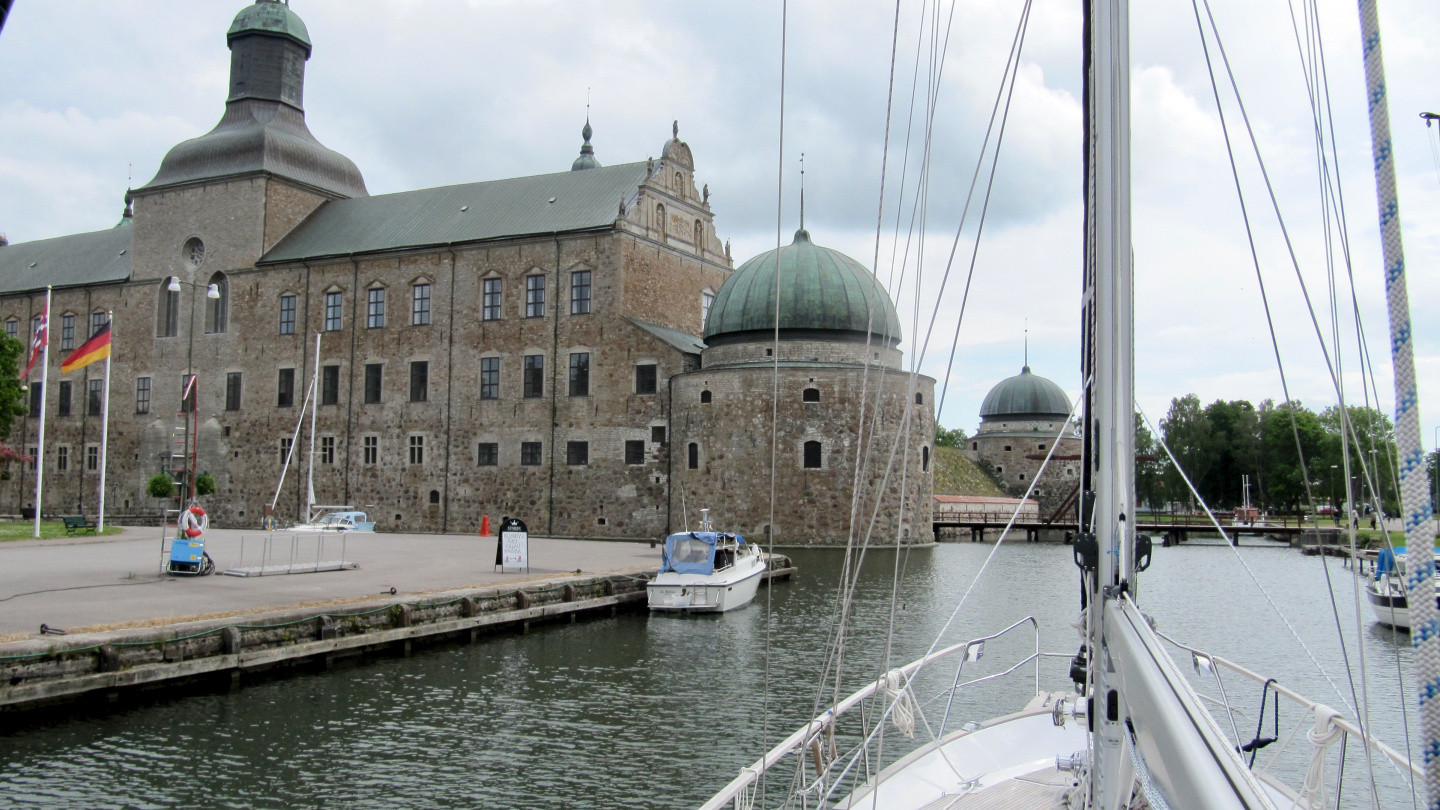
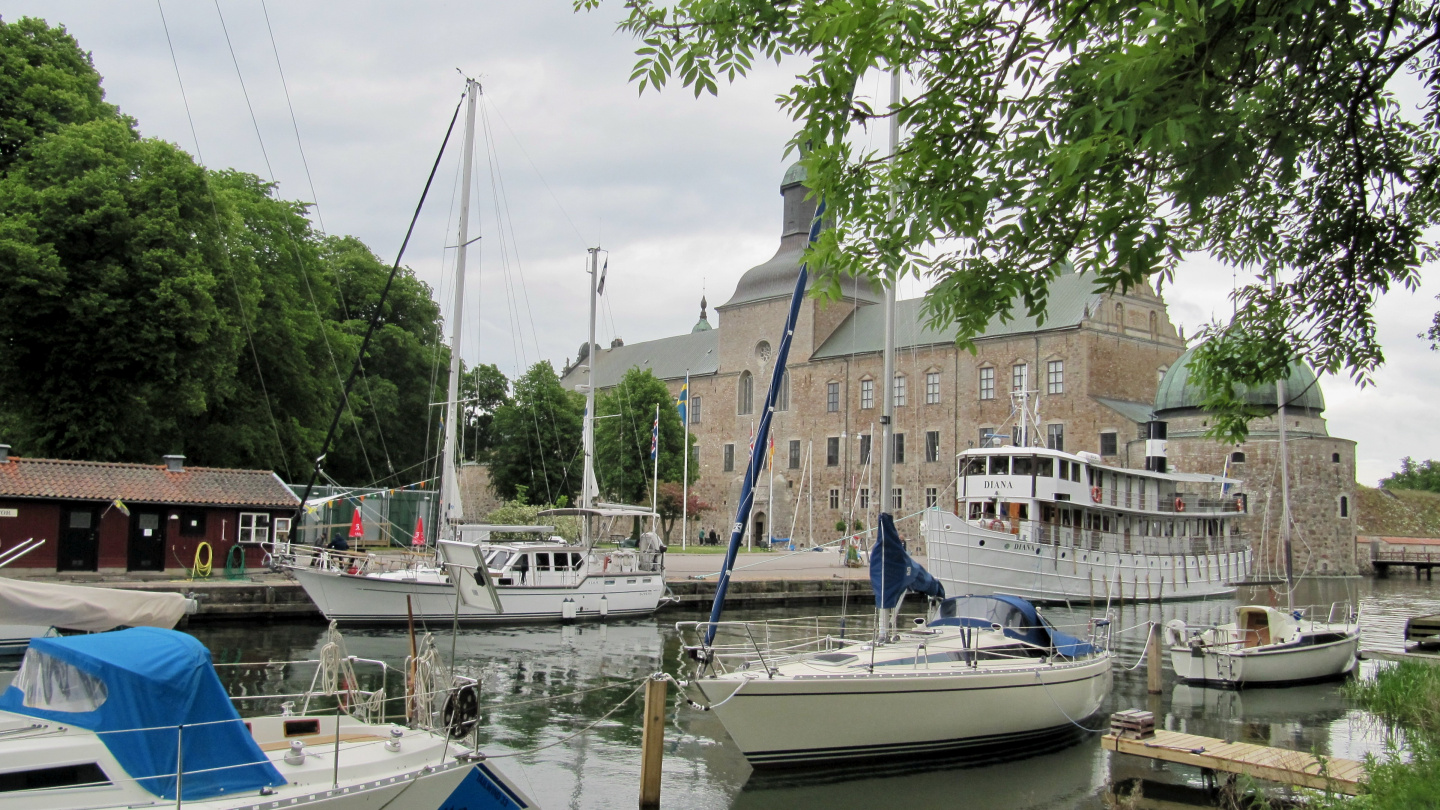
We heard from local boaters that starting from Midsummer the guest harbour of the Vadstena castle’s moat is packed full of boats and even the locals have difficulties in finding a spot for their yachts. We can say that in lake Vättern it sounds similarly like in lake Saimaa in Finland, the summer season is starting at Midsummer. Now in the harbour were only a few guest boats. The harbour fairway is very narrow and boaters have made up a unique way for mooring the yachts between the piles diagonally. By this way also longer boats fit into the smaller space.
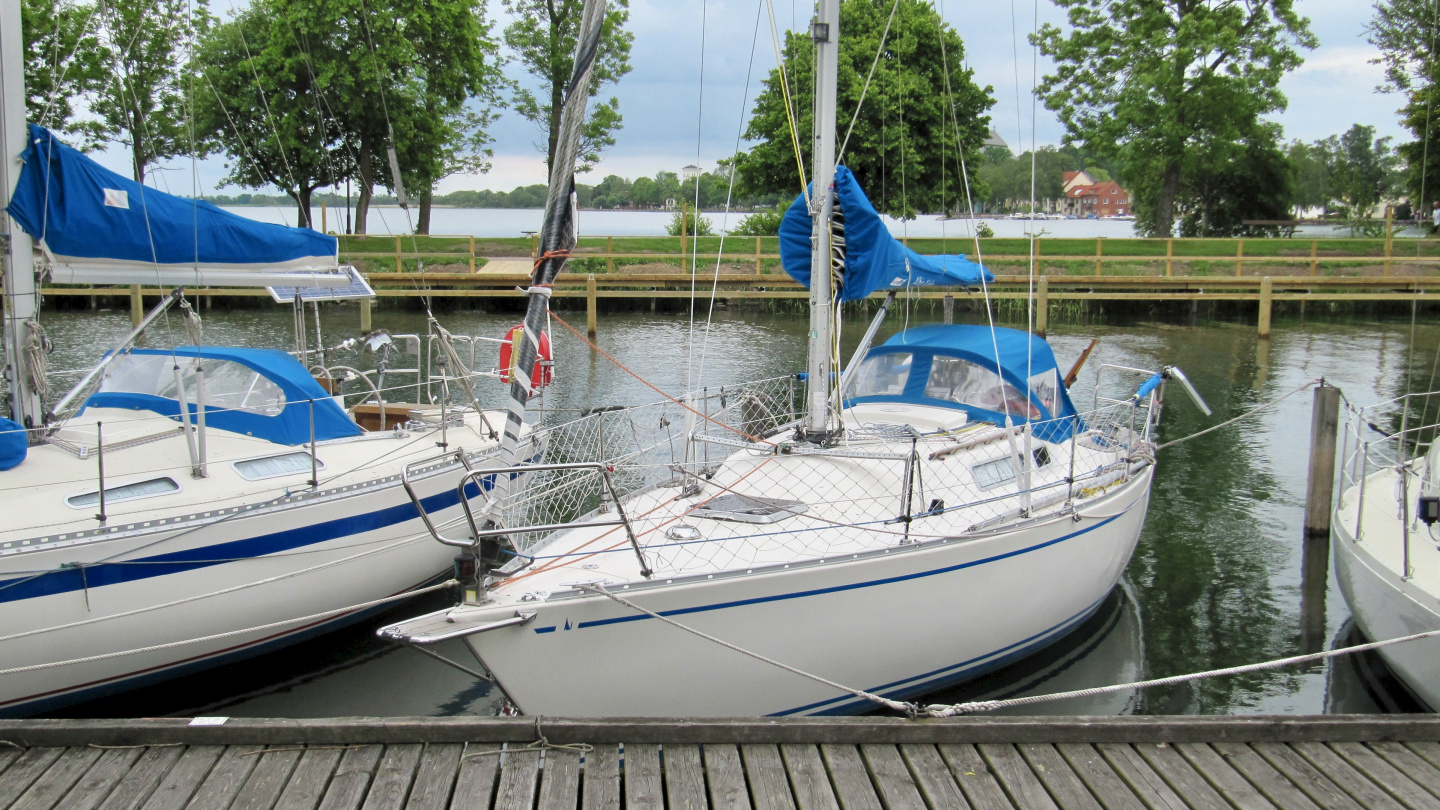
Vadstena guest harbour is managed by two very energetic harbourmasters. We had a good chat with them about Vadstena. They also delighted us with the red carpet in front of Suwena’s gangway. After the walk on Sunday evening it was nice to “get onboard” along the red carpet. On their web page they have set a target to be the best guest harbour in Sweden and for sure we can vote them. In all guest harbours in Sweden we have met friendly people but in Vadstena we were definitely most welcome.
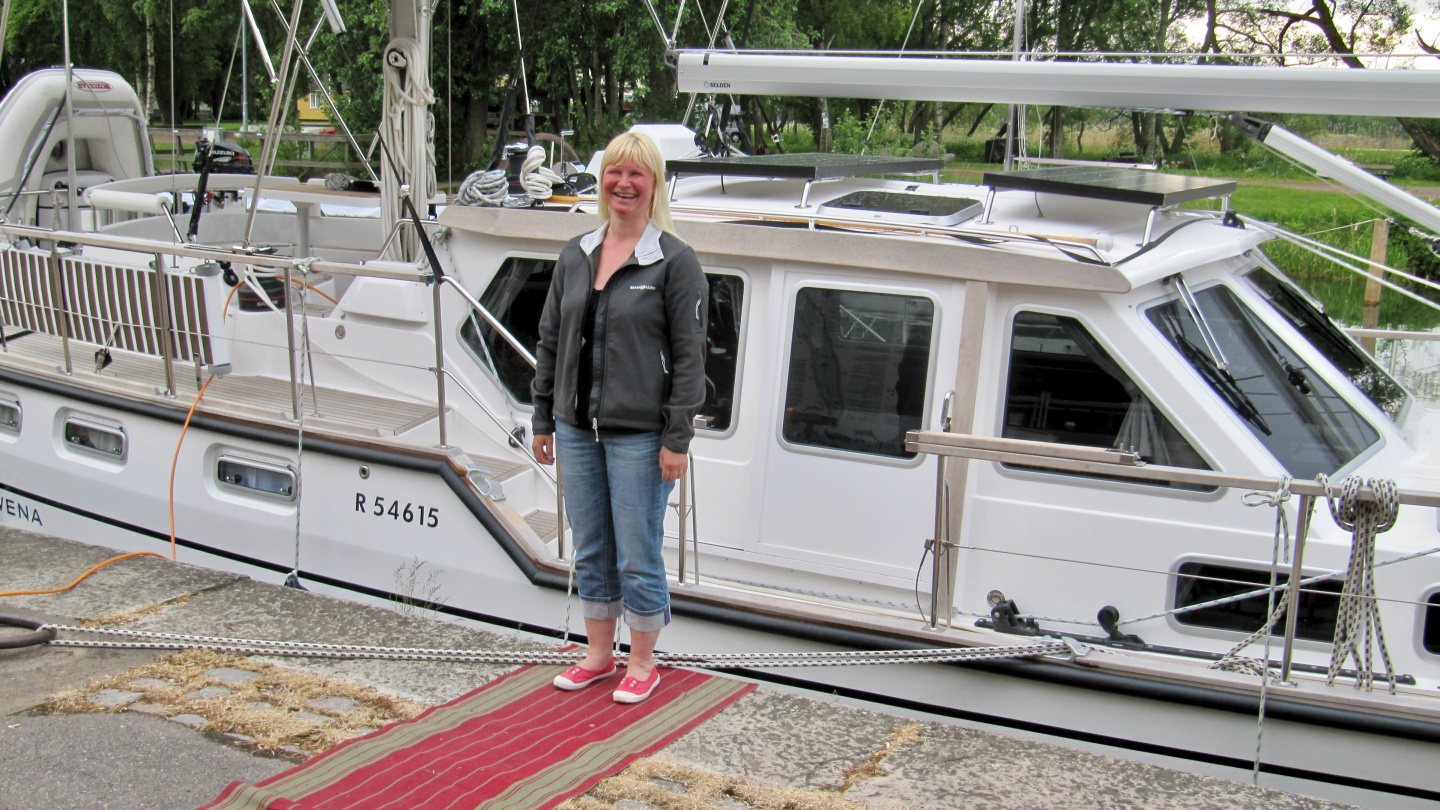
The castle of Vadstena rose like a royal next to us and we went to explore its secrets. The history of the castle is really impressing. King Gustav Vasa started building the castle of Vadstena in 1545 to protect Swedish southern borders from attacks by Danish. It is built in renaissance style with living quarters being separate from defence facilities. The castle was still inhabited by the royals in the beginning of the 18th century. The most famous of them being the third son of Gustav Vasa, a duke Magnus who suffered from mental illness. He is buried into the monastery church of Vadstena.
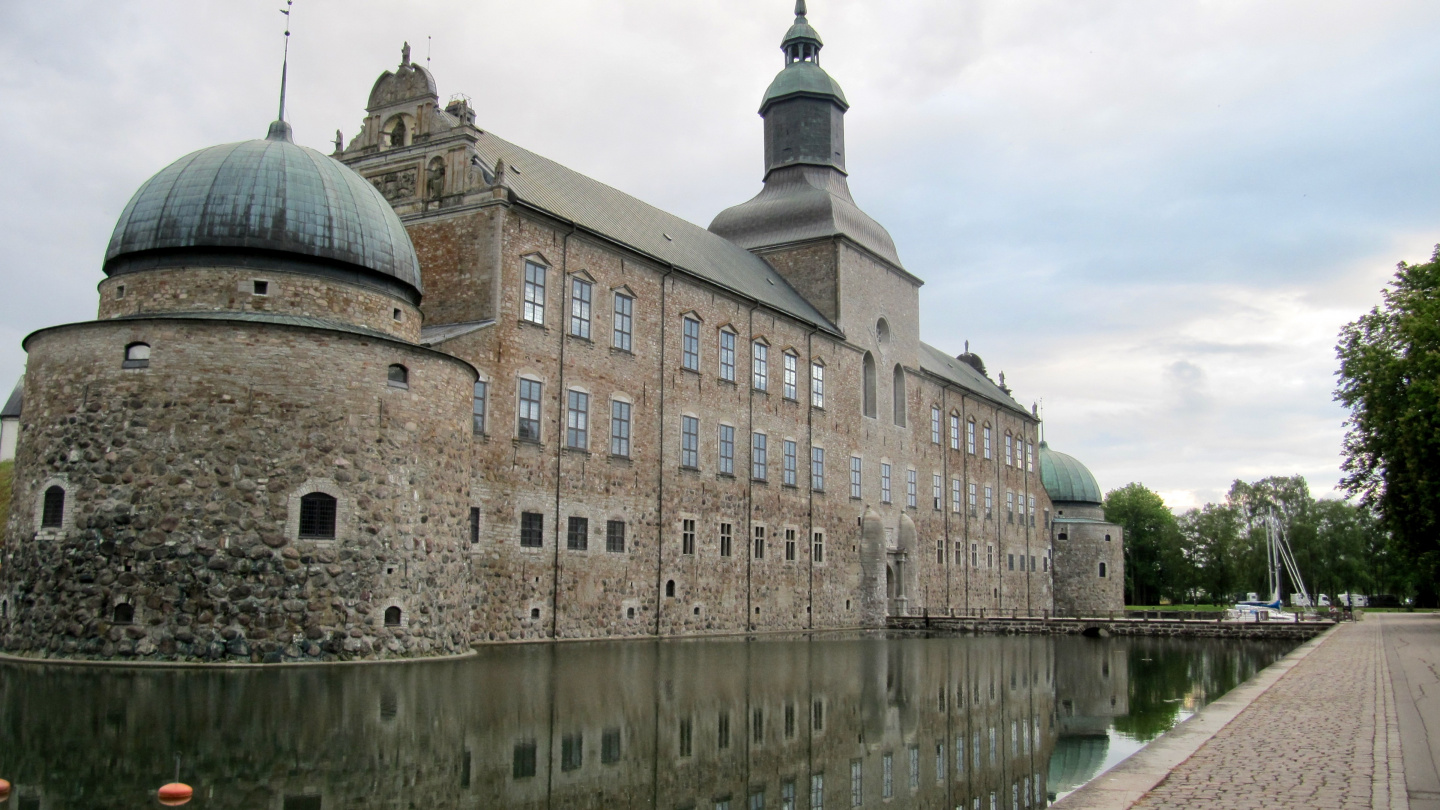
The king’s life at the medieval times was very different from nowadays. Then they had to travel around provinces from castle to castle collecting taxes. It feels unbelievable that together with the king’s court also every piece of furniture and kitchen ware were transported as well. So castles stayed almost empty during the absence of the king.
Vadstena has a lot of history but unfortunately this history does not present itself inside the castle. The castle has been in bad shape and also used as production facility in the 20th century. A lot of historic material has been destroyed during these times. From outside the castle looks really magnificent and it is in good shape. Internally however its premises are restored thinking more about modern usage. For example the castle hosts the province’s archives and the Vadstena Academy. Needless to say we were disappointed because we expected to see an authentic medieval castle and Vadstena castle has been advertised as the best preserved medieval castle in whole Sweden.
To our surprise the monastery museum and church of the Bridgittine were more interesting to see which we almost skipped. Saint Birgitta founded this monastery in Vadstena in the 14th century. Her daughter Catherine brought her mothers remains back from Rome to Vadstena and the relic is stored nowadays in the monastery church.
Still every year people come to pilgrimage to Vadstena. In the monastery museum was a good presentation about the life of the Birgittine nuns. We could see for example the nun’s chamber, dining room and their working areas. They also duplicated a lot of books. One curiosity is that the first medical guidebook in Finland is reproduced in Vadstena and delivered to the monastery of Bridgittine in the city of Naantali during its hey day in the 15th century. Nowadays the original medicine and herb book is stored in the Royal Library of Stockholm.
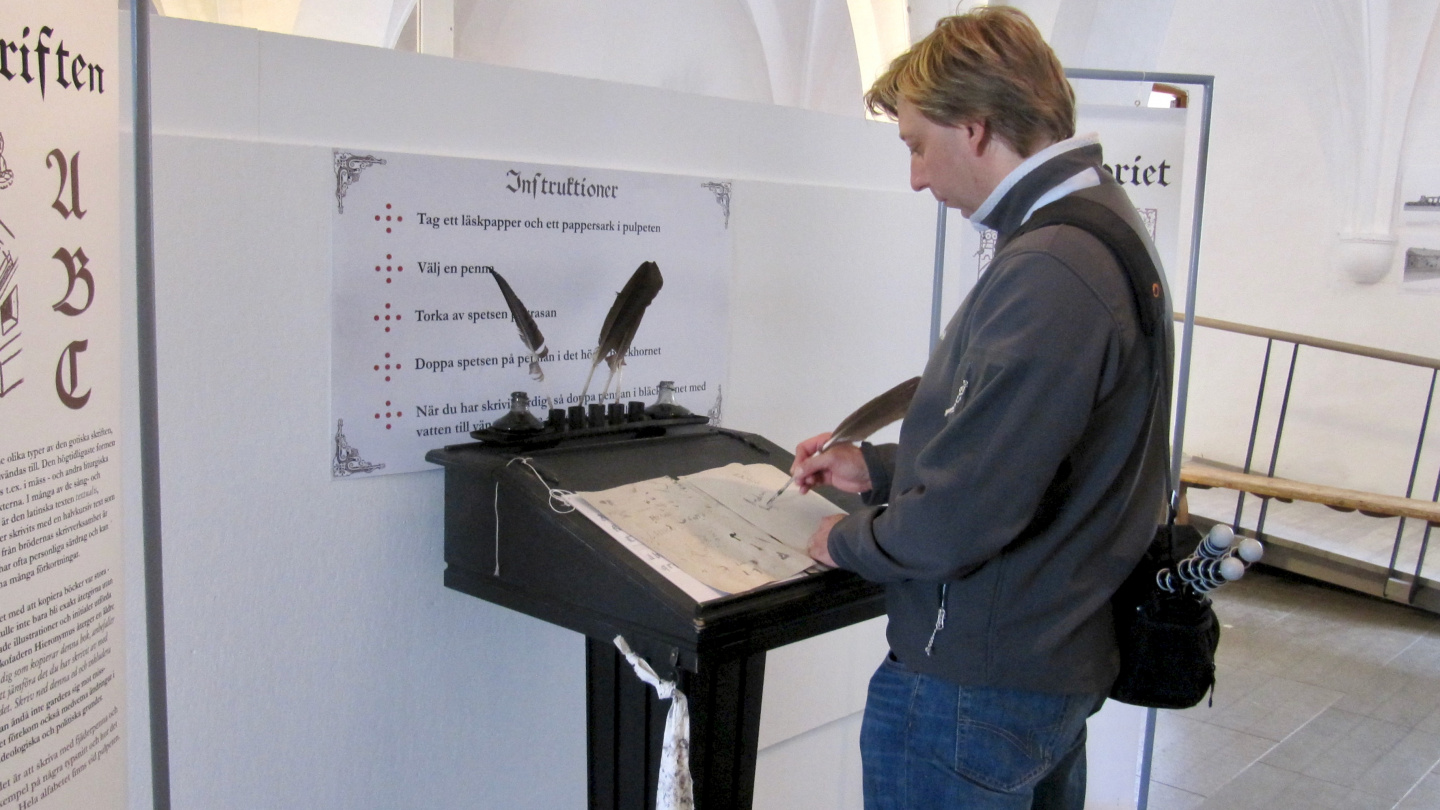
After such a dose of tourism it was time to say goodbye to the dukedom of the princess Estelle. We have travelled along the Göta canal across the East Gothland and the little princess is the Duchess of it. It was time to untie the lines and cross lake Vättern. The second biggest lake of Sweden showed to us its mild face. There were no wind and the iron genoa pushed us 14 nautical miles to Karlsborg. At the same time we changed to the West Gothland which is by the way the Crown Princess Victoria’s and Prince Daniel’s dukedom.

